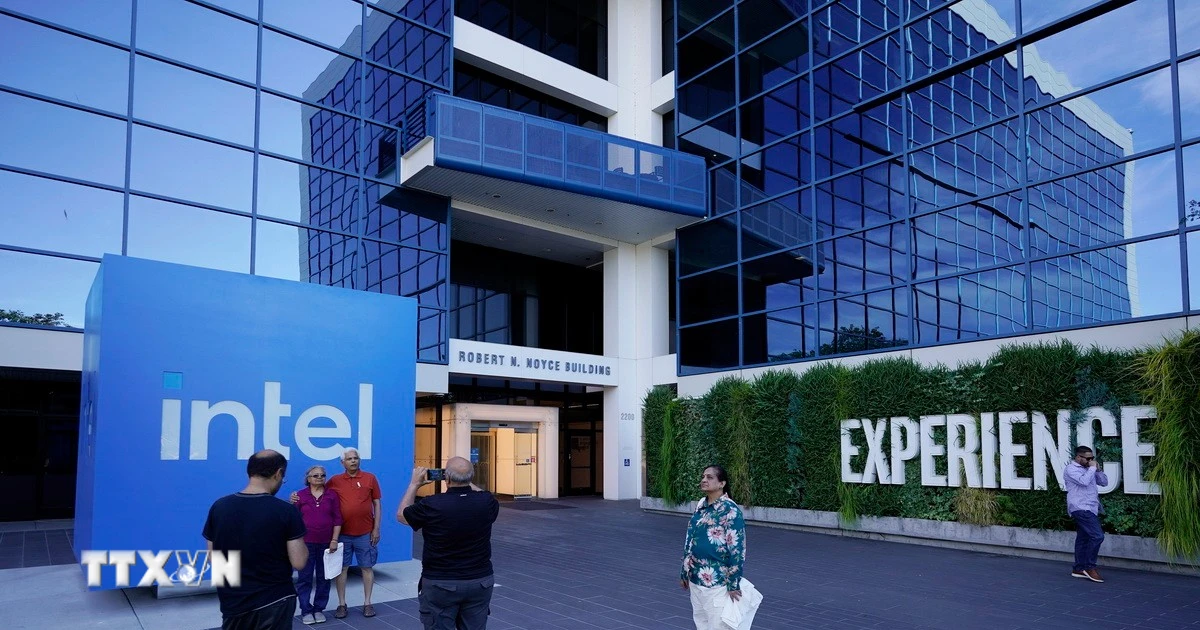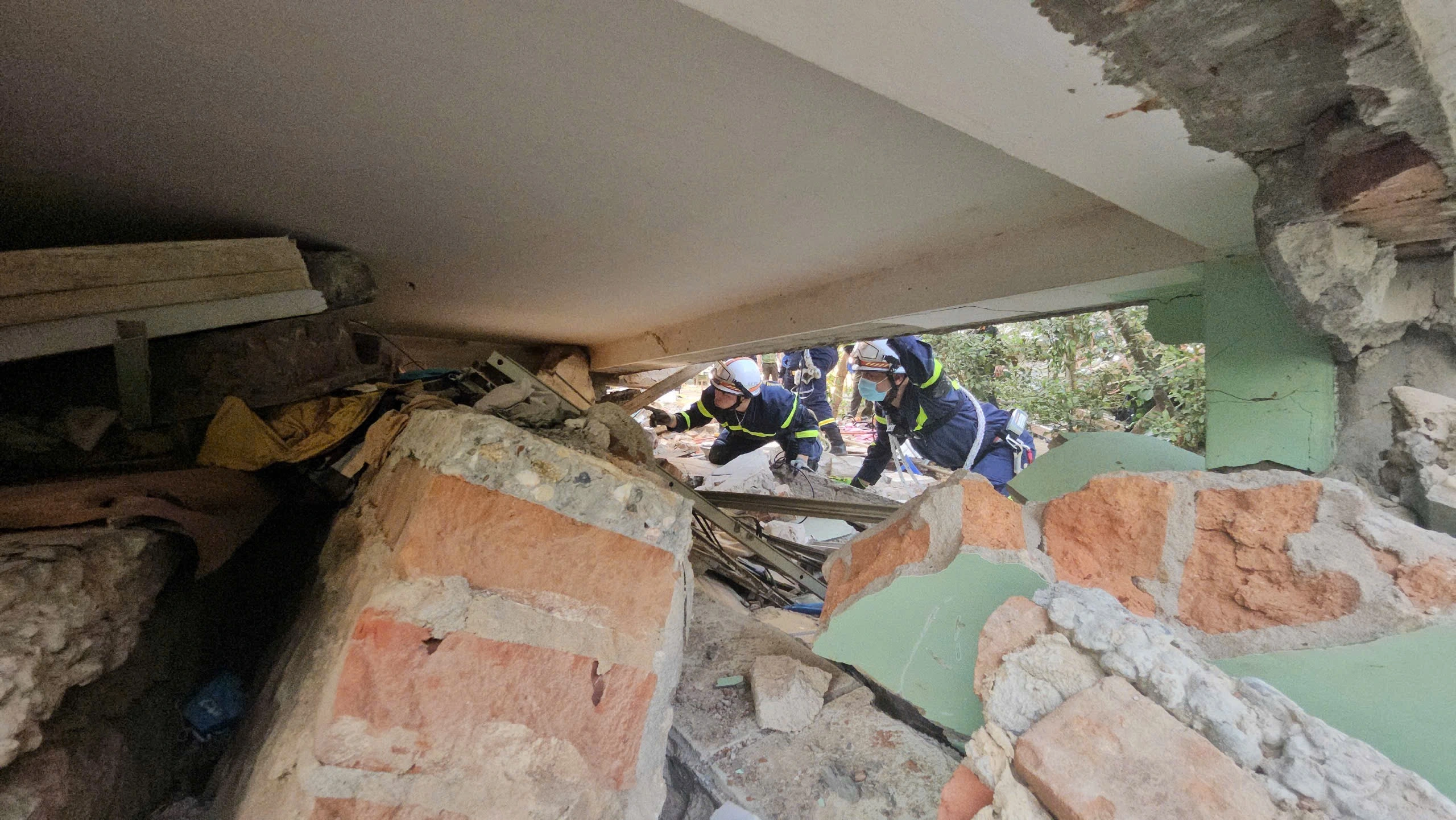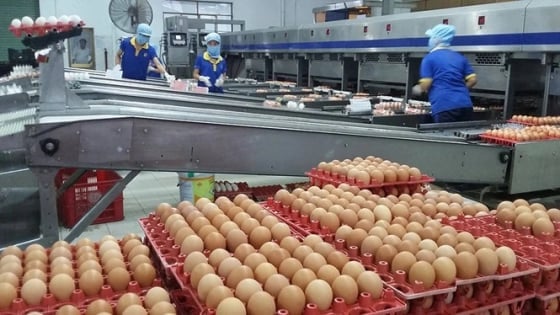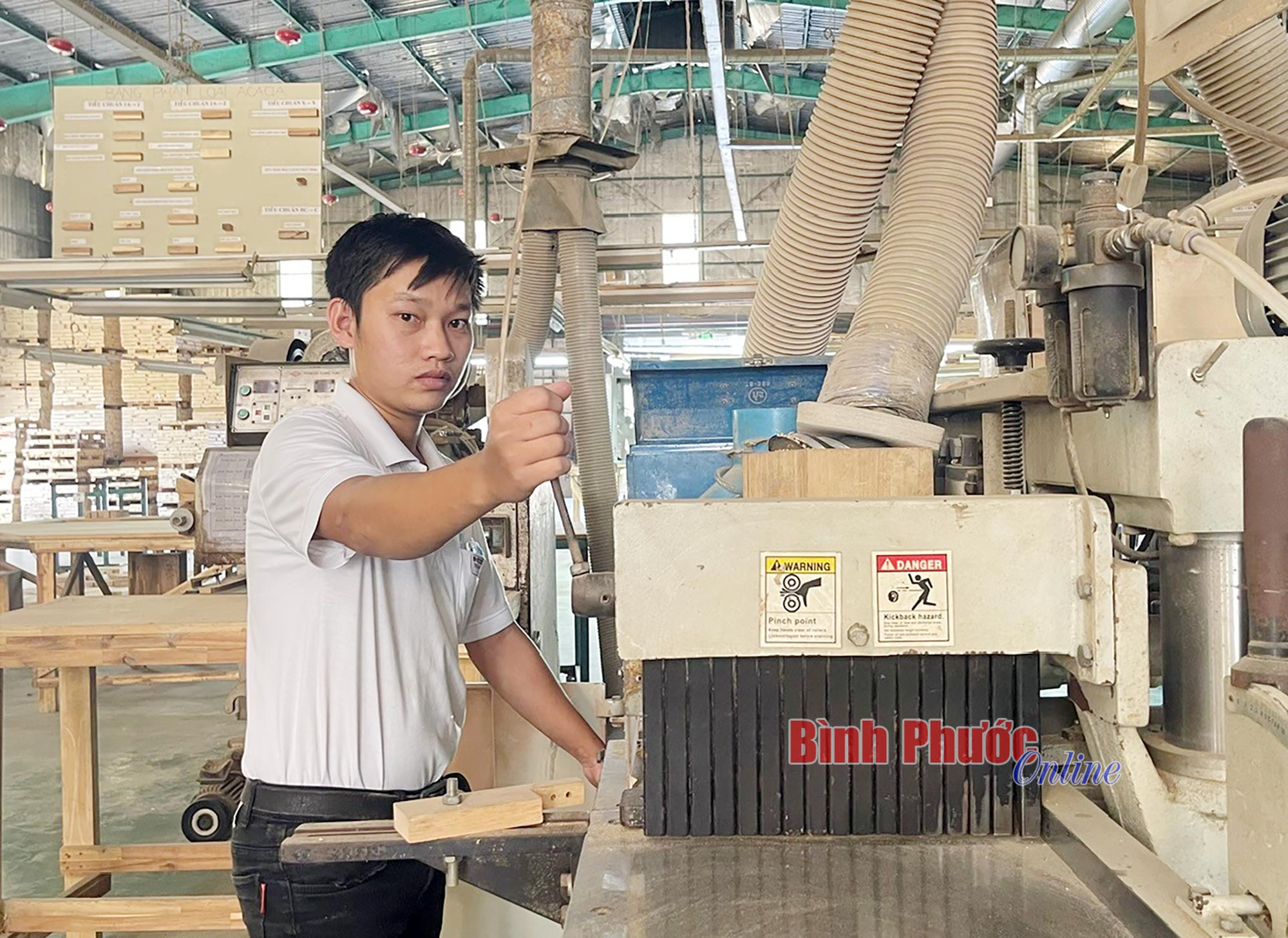China's Commercial Aircraft Corporation Comac has just revealed the first information about the C949 supersonic aircraft project.
In a recent academic paper, Comac engineers revealed blueprints for a Mach 1.6 (1,960 km/h) supersonic transport aircraft, designed to fly much farther and quieter than the retired Concorde.
The team, led by Comac's award-winning aerodynamicist Wu Dawei, said in a March 14 paper in the academic journal Acta Aeronautica Sinica that the project aims to achieve what engineers have been pursuing for decades: Increase the range by 50 percent compared to Concorde (11,000km versus 7,200km) while reducing the sonic boom to 83.9 PLdB (perceived sound pressure level), about the noise level of a hair dryer.
Reducing the noise to one-twentieth the thunderous blast of Concorde was intended to overcome regulatory barriers that had long banned supersonic flight over land.
The C949 will compete with similar projects from other countries, such as NASA's X-59 and Lockheed Martin, with the winner rewriting the rules of the global aviation industry, according to researchers.
The C949 is designed with a shape-changing fuselage, with a "reverse" curved midsection to weaken shock waves.
The long, pointed nose splits the initial shock wave into three lighter pulses, while aerodynamic bulges near the engines disperse exhaust turbulence.
The C949 uses adaptive turbofan engines, with exhaust ratios tuned for both "low-bang" flight mode at Mach 1.6 and "economy" mode at Mach 1.7, at an altitude of 16,000m.
Comac claims that take-off noise meets the International Civil Aviation Organization (ICAO) Annex 14 limits.
Comac’s announcement of details comes amid an escalating US-China tech race. While NASA’s X-59 QueSST aims to reach 75PLdB by 2027 and startups like Boom Supersonic are targeting niche markets, the C949 is aimed at the mass market.
"The potential passenger numbers for supersonic flights could reach 45 million" - about 1% of total global air passengers each year, Wu's team said, citing industry estimates.
The C949 is designed with a capacity of 28-48 business class seats, much less than the 100 seats of Concorde.
Initially, the aircraft will focus on trans-Pacific routes via sea corridors to minimize noise complaints.
Last year, Comac unveiled an ambitious roadmap for several projects. It said it aimed to launch the C929 wide-body jet to compete with the Boeing 787 by 2027; introduce the 400-seat C939, a 300-ton “superjumbo” aimed at the Boeing 777X market by 2039; and put the C949 into service by 2049—the 100th anniversary of the founding of the People’s Republic of China—along with plans to develop “aerospace hybrid vehicles.”
However, the project still faces many challenges. According to previous studies, reducing sonic booms is just the beginning.
For example, fuel costs would remain very high if the engine could not achieve performance superior to that of Concorde's Olympus 593 engine.
According to aviation experts, the biggest barrier may be psychological, as the Concorde crash in Paris in 2000 that killed 113 people still haunts the aviation industry's memory./.
Source: https://www.vietnamplus.vn/trung-quoc-he-lo-c949-may-bay-thuong-mai-toc-do-gan-2000km-moi-gio-post1023588.vnp



![[Photo] Queen of the Kingdom of Belgium and the wife of President Luong Cuong visit Uncle Ho's Stilt House](https://vstatic.vietnam.vn/vietnam/resource/IMAGE/2025/4/1/9752eee556e54ac481c172c1130520cd)
![[Photo] President Luong Cuong and the King of Belgium witness the Vietnam-Belgium document exchange ceremony](https://vstatic.vietnam.vn/vietnam/resource/IMAGE/2025/4/1/df43237b0d2d4f1997892fe485bd05a2)
![[Photo] National Assembly Chairman Tran Thanh Man meets with King Philippe of Belgium](https://vstatic.vietnam.vn/vietnam/resource/IMAGE/2025/4/1/c6fb3ef1d4504726a738406fb7e6273f)
![[Photo] President Luong Cuong meets with King Philippe of Belgium](https://vstatic.vietnam.vn/vietnam/resource/IMAGE/2025/4/1/1ce6351a31734a1a833f595a89648faf)
![[Photo] Official welcoming ceremony for the King and Queen of the Kingdom of Belgium](https://vstatic.vietnam.vn/vietnam/resource/IMAGE/2025/4/1/9e1e23e54fad482aa7680fa5d11a1480)

















































































Comment (0)